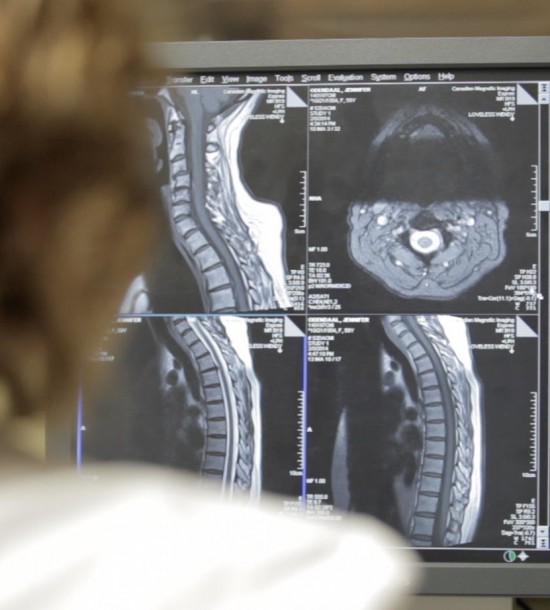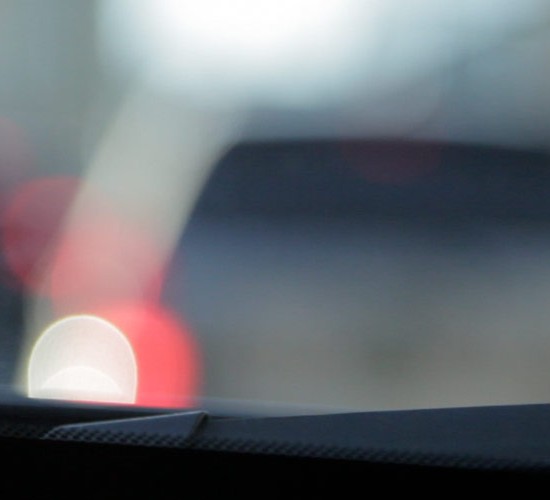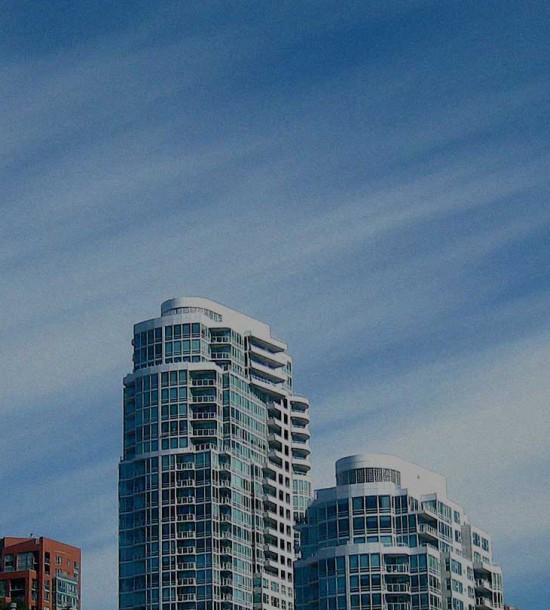Court Awards Client 100% Liability Decision Against ICBC
Posted on by Mussio GoodmanMussio Goodman Proved Defendant’s Liability, Despite ICBC Offer
We are pleased to announce that, after a three-day trial in the Supreme Court of British Columbia, the Defendant was found to be 100% responsible for the car accident that caused significant injuries to our client.
The case was initially characterized as a “he said/she said” dispute about which driver ran the red light and caused the collision.
Our client was traveling westbound on Lougheed Highway at 2 a.m. He claimed to have been approaching a green light at the United Boulevard intersection when the Defendant suddenly ran the red light governing United Boulevard and entered the intersection directly in front of him.
The Defendant, on the other hand, was traveling southbound on United Boulevard and claimed that her light had changed green before she entered the intersection. She therefore claimed that our client must have proceeded through his light after it had turned red.
Since both lights could not have been green at the same time, one of the drivers was either mistaken or not telling the truth.
Prior to trial, ICBC offered to settle the case for 1% liability against the Defendant, and 99% liability against our client. This would mean that ICBC would pay “one cent on the dollar” for his injuries, wage loss and treatment. This offer was rejected.
Over the course of the litigation, we retained an engineer to provide an Accident Reconstruction Report. At trial, we also tendered a Traffic Signal Sequence Report and called a traffic engineer to explain its results to the Court.
The evidence showed that, provided there were no other cars in the immediate vicinity, the light governing the defendant’s left turn would have changed from red to green in 11.3 seconds after she arrived at the intersection.
These details were important because, in 2011, Eric Goodman conducted an Examination for Discovery of the Defendant, during which she testified under oath that, when she approached the red light at the intersection, the roads were completely empty except for our client’s westbound vehicle in the distance. She further testified that she waited 30 seconds for her light to turn from red to green.
The engineering evidence therefore clearly disproved the Defendant’s claim that she was waiting at the light for 30 seconds. This called the credibility of her entire account into question.
At trial, the Defendant attempted to distance herself from her prior testimony, but the Court refused to accept the change in her story:
[20] … Ms. Delange sought to move away from her wait-time estimate of 30 seconds that she gave at her examination for discovery. Her discovery evidence was very clear on the point. She also suggested the possibility that other vehicles were present at or near the Intersection.
…[H]er attempt to explain away her very clear discovery evidence was indicative of her ongoing struggle to comprehend how the accident could have occurred.
[21] I reject the able submissions made by her counsel that her discovery evidence was sufficiently unclear to create ambiguity. Counsel conducting the discovery ensured that Ms. Delange had full opportunity to confirm her evidence on key points. Her evidence on many foundational factual issues, including her wait time, the manner in which she proceeded into the Intersection, and the lack of any other vehicles, was reviewed to ensure clear and accurate responses. I am not left in any doubt about the clarity of her evidence at discovery. I found that her attempts in cross-examination to explain away inconsistencies between her trial evidence and discovery evidence lacked credibility…
[25] The description of the accident provided by Mr. Kuma-Mintah is also supported by the expert accident reconstruction evidence tendered as part of his case…
[27] … I accept his counsel’s submission that Mr. Kuma-Mintah, who had attended college in the United States on a football scholarship and was waiting to try out for the B.C. Lions and other professional football teams, would not have jeopardized his career by speeding through the Intersection without regard to the traffic signals warning him to stop.
This decision underscores the importance of conducting a thorough and detailed Examination for Discovery prior to trial. While this procedure often assists in obtaining a fair settlement prior to trial, it also “sets the table” for proving the Plaintiff’s case should the matter have to proceed to Court.
It should be noted that every case is different, and that past performance is no guarantee of future results. It should also be noted that very few injury claims require a resolution in a courtroom; in the vast majority of cases, we are able to negotiate a fair settlement with ICBC on behalf of our clients. However, in the event ICBC refuses to make a reasonable offer, we are always prepared to take the case to trial.
Tweet


